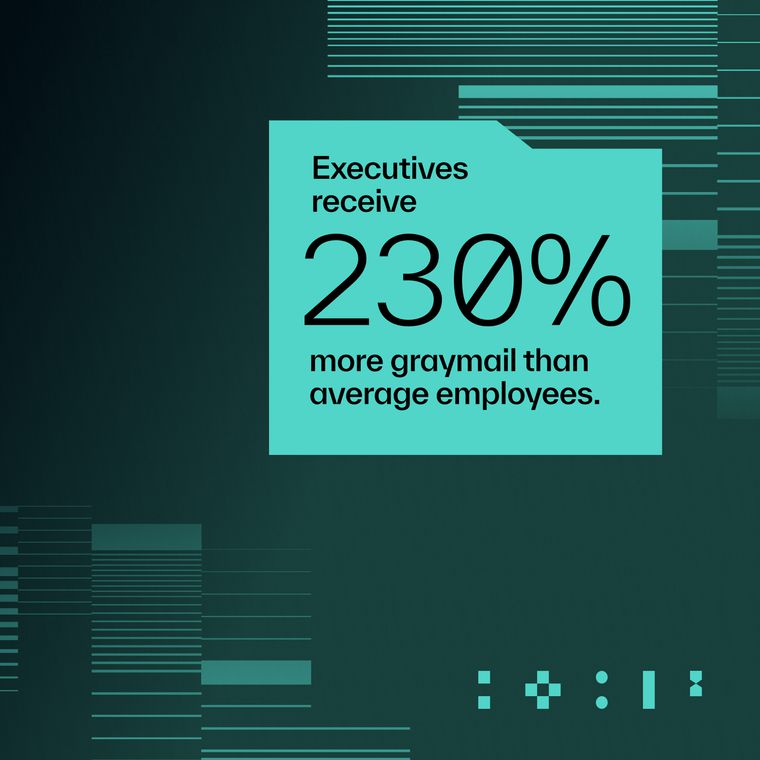Cloud Security Architecture: Building a Resilient Multi-Cloud Defense Strategy
Design a cloud web security architecture that supports agility and protects multi cloud environments.
July 31, 2025
The shift to cloud computing and remote work promised unprecedented flexibility and efficiency. However, while organizations rapidly embraced these distributed operations, attackers adapted even faster, exploiting the widening gap between modern work patterns and traditional perimeter-based security models.
Employees now authenticate from anywhere, access critical SaaS platforms from personal devices, and store sensitive data across multiple cloud providers. Yet legacy security tools still assume everyone works from a secure office behind a corporate firewall. This creates dangerous blind spots where attackers move freely between cloud services, often remaining undetected for months.
Traditional firewalls and VPNs rely on location-based trust; however, modern threats bypass these perimeter controls entirely by using compromised credentials or malicious OAuth tokens. The majority of security incidents now begin with phishing emails that grant immediate access to cloud applications your team uses daily.
Cloud web security addresses this reality by enforcing identity and context-based controls that follow users and data wherever they operate, recognizing that effective security must evolve beyond static boundaries to protect a truly borderless enterprise.
Understanding the Borderless Workforce Challenge
Remember when security was simple? Everyone worked from the office, used company computers, and accessed files on servers down the hall. Those days are long gone, and the security strategies built for that world are struggling to keep up.
The Collapse of Perimeter-Based Security
For decades, cybersecurity worked like medieval castle defense. Build strong walls around your network, post guards at the gates, and assume everything inside is safe. This castle-and-moat approach made sense when employees sat at desks connected to company networks, and all your data lived on servers you could physically touch.
But today's reality looks completely different. Your team logs in from kitchen tables, airport lounges, and coffee shops. Critical business data lives in Google Workspace, Salesforce, and dozens of other cloud services that exist far beyond any corporate firewall. The "inside" and "outside" of your network have become meaningless concepts.
This transformation has created serious security gaps. Traditional firewalls that once provided clear visibility into network traffic now miss most of what matters. When everything was behind the corporate firewall, one breach might have been contained. Now, once attackers get past those outer defenses, they often find themselves in a "trusted zone" where legacy systems assume they belong, making lateral movement between systems surprisingly easy.
Moving to Identity-Centric Security Controls
The solution isn't building higher walls but changing how we think about trust entirely. Modern security focuses on one fundamental question: Who is this person, and should they have access to what they're requesting right now?
Zero Trust architectures flip the old model on its head. Instead of trusting anyone inside the network perimeter, these systems verify every user and evaluate the risk of every access request. An employee trying to access sensitive files from their laptop at the office gets different treatment than the same person using a personal device from an unfamiliar location.
These systems consider dozens of factors in real time. Is this the device the user normally works from? Are they logging in at their usual time? Does their behavior match their typical patterns? Based on these contextual clues, the system might grant full access, require additional verification, or limit what the user can do.
This shift from location-based to identity-based security isn't just a technical upgrade. It's recognition that the fundamental nature of work has changed permanently. By focusing on who people are and what they're trying to do rather than where they're doing it, organizations can maintain security and visibility even when their workforce is scattered across the globe. The perimeter may be gone, but with the right approach, control doesn't have to be.
What Cloud Web Security Really Covers
Cloud web security combines several key technologies that work together to protect your organization's internet activity and cloud access.
Secure Web Gateway (SWG) filters all web traffic, blocking dangerous websites and malicious downloads while enforcing your company's internet usage policies. It stops threats before they reach your users.
A Cloud Access Security Broker (CASB) monitors your SaaS applications, identifying which cloud services employees use (including unauthorized ones) and ensuring that security policies are consistently applied across all cloud services.
Zero Trust Network Access (ZTNA) controls who can access what by checking user identity, device security, and context for every access request rather than trusting anyone on the network.
These components work together through a Security Service Edge (SSE) framework that delivers cloud-based security. This approach scales with your business and protects your distributed workforce regardless of where they work.
Key Capabilities to Look for in Your Solution
When evaluating cloud web security platforms, focus on capabilities that operate seamlessly together rather than point solutions that create gaps in your defense.
These include the following pointers:
Real-time threat inspection scrutinizes every HTTP and HTTPS session within milliseconds, blocking malware and phishing sites before they reach endpoints. This core Secure Web Gateway function operates at network speed without introducing latency.
Data Loss Prevention (DLP) scanning covers uploads, downloads, and SaaS interactions for sensitive content. Robust DLP enforcement automatically redacts, encrypts, or quarantines data based on predefined rules and regulatory requirements.
Shadow IT detection reveals unsanctioned applications through continuous analysis of cloud APIs. Modern CASBs built into SSE platforms automatically discover unauthorized apps, enabling security teams to sanction, restrict, or block usage based on risk assessment.
Granular access policies control every access request through Zero Trust enforcement. Identity verification, device health assessment, and behavioral context determine access permissions, eliminating implicit trust assumptions.
Comprehensive monitoring correlates events across SaaS, IaaS, and on-premises workloads. Multi-cloud visibility powered by AI-driven analytics surfaces anomalies tied to emerging threats and attack patterns.
Unified policy management consolidates all security controls into a single console. Centralized policy creation ensures changes propagate across all environments, eliminating configuration drift and reducing administrative overhead.
Cloud-native architecture delivers elastic capacity, automatic updates, and global proximity to users. Purpose-built cloud solutions outperform retrofitted appliances in scalability, API integration, and latency reduction, ensuring security operations match business velocity.
Why Cloud Web Security Is Not Enough on Its Own
Cloud web security tools like secure web gateways (SWG), cloud access security brokers (CASB), and zero trust network access (ZTNA), are effective for protecting browser-based traffic. However, they offer no visibility into email-based threats, which remain the primary entry point for cyberattacks.
Most breaches begin with phishing emails that prompt users to click malicious links, share credentials, or authorize fraudulent payments. Since these attacks bypass the browser and enter directly through mail servers, traditional cloud web security tools often fail to detect them.
Phishing tactics have grown increasingly sophisticated. Business Email Compromise (BEC) schemes impersonate executives to request wire transfers. Vendor fraud mimics legitimate suppliers with near-identical domains and realistic invoices. Advanced phishing techniques even avoid payloads entirely, using social manipulation to trick recipients.
Legacy secure email gateways rely on static rules, signatures, and blocklists, methods that fail against personalized, malware-free attacks. These rule-based tools often miss nuanced behavioral patterns that reveal social engineering.
Comprehensive protection requires behavior-based email security. By analyzing identity, intent, and communication patterns, behavioral AI identifies anomalies in tone, timing, and relationship history, spotting zero-day phishing and vendor fraud that web defenses overlook.
Without extending behavioral analysis to email, your cloud security strategy remains incomplete and vulnerable.
Closing the Human Security Gap with Abnormal AI
Cloud web security effectively protects browser-based activity and SaaS platforms, but it cannot stop attackers who exploit human behavior through phishing emails, social engineering, or fraudulent invoices. Since the majority of breaches still originate in the inbox, your cloud security posture is incomplete without protecting the human layer.
Abnormal addresses this critical gap with behavioral AI that analyzes the unique tone, cadence, and relationship patterns of every sender and recipient across your organization. Instead of relying on known indicators of compromise, Abnormal builds dynamic behavioral baselines to detect subtle anomalies—such as unusual wire requests, shifts in writing style, or impersonation of trusted vendors.
This identity-aware approach stops advanced threats like business email compromise (BEC), account takeovers, and vendor fraud, attacks that legacy secure email gateways often miss.
Abnormal deploys seamlessly via API with no disruption to users and integrates natively with Microsoft 365 and Google Workspace. It delivers precise alerts, automates threat remediation, and reduces false positives, allowing security teams to respond faster with less manual effort.
Secure your people, not just your infrastructure. Book a demo to see how Abnormal’s behavioral AI protects against the attacks that bypass traditional defenses.
Related Posts
Get the Latest Email Security Insights
Subscribe to our newsletter to receive updates on the latest attacks and new trends in the email threat landscape.


